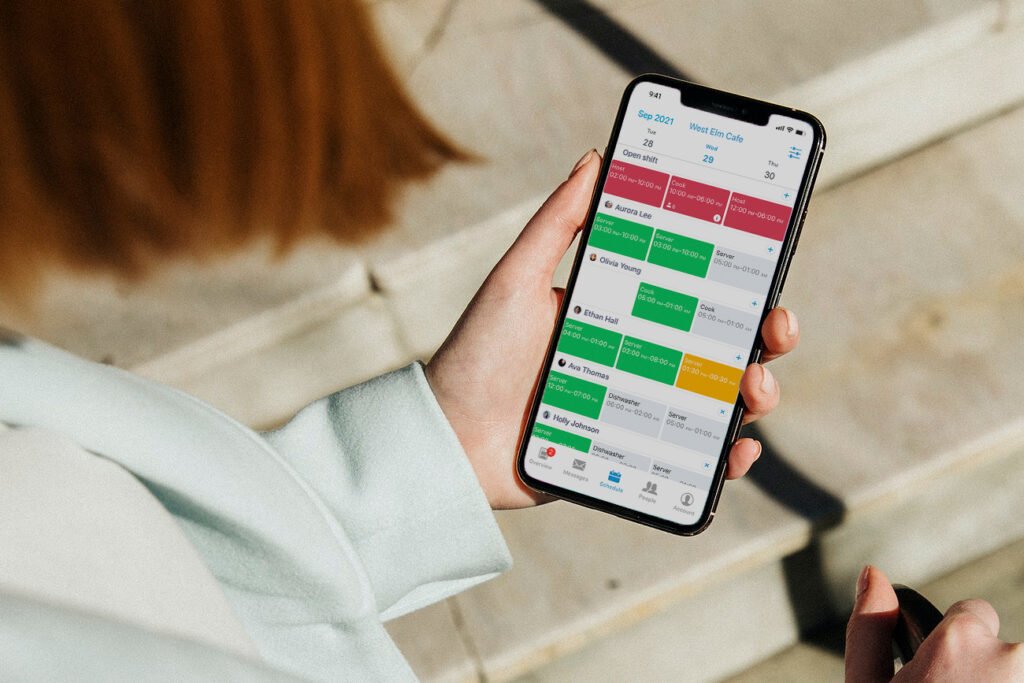
Article
5 min read
What is a continental shift pattern?
Dom Hopkinson
Oct 22, 2021
Chapters
What is a continental shift pattern?
Shift planning is essential to businesses that need to operate for longer hours. There are several shift patterns that make it easier to plan your employees’ shifts, based on their needs and yours. One of them is the continental shift pattern.

The continental shift pattern
Also known as the 2-2-3 schedule, the continental shift pattern refers to a fast-paced shift rotation that is designed for 24/7 staffing.
Shift patterns typically dictate the number of hours employees work, their days off, and the times they need to show up. The continental shift pattern means that employees work
- 8-hour shifts
- As 3 shifts – day, swing, and night
- In 4 teams
- Over a 28-day cycle
Why follow a continental shift pattern?
Employers who need day-round coverage benefit from following this shift pattern. Examples include companies involved in manufacturing, utilities, maintenance, and hospitality, especially front desks, airline ground operations, and airports.
When industries require specialised staffing 24/7, shift patterns need to consider employee wellbeing and their ability to focus and perform even at odd hours of the day.
This includes healthcare, social care and care homes, transportation and security. Continental shift patterns work well in these areas because shifts are shorter, and employees get at least two days off in a row to rest and recharge.
This is an important consideration as human error in these industries could have serious consequences.
What are the pros and cons?
Some of the advantages of the continental shift pattern are:
- Shorter shifts of eight hours
- Fair distribution of time off for all employees
- Flexible enough to adapt to varying employee demands like overtime
- Employees enjoy a work-free weekend every month even in industries where unpredictability is the norm
- Round-the-clock staffing for employers
- Established working patterns, so everyone knows what to expect – including new employees
Continental patterns also have their disadvantages, but strategic planning can reduce the impact of these to a large extent:
- A week of working shifts continuously
- Three-night shifts in a row can be difficult, so ensure your employees take breaks as needed
- Employees might need to work an average of two hours overtime per week
How to seamlessly plan your continental shifts
As with most shift patterns, the 2-2-3 rota’s effectiveness is heavily dependent on employees showing up on time. Last-minute absences or staff unavailability could disrupt your operations and have far-reaching consequences.
A comprehensive planning tool like Planday can help offset this risk to a large extent by giving all employees access to their schedule, empowering them to easily and instantly communicate with others to swap shifts.

Make the process efficient
Creating staff rosters is tedious, and often contentious. Manually planning shifts takes time and effort, both of which can be put to better use. Planday’s scheduling feature automates this process and makes sure no one has an unfair advantage or disadvantage.
Communicate clearly
The success of any rota depends greatly on clear and open communication. Staff should know exactly what’s expected of them – where they need to be, for how long and when. In turn, they need to be able to let you know when they can’t make it.
Using reliable software can help you keep schedules available at all times, to everyone involved and also facilitate independent adjustments by your staff, automatically creating changes across the cycle.
If staff and managers can also communicate via the same platform, this will keep a record of all changes and messages. If there are disputes or confusion around schedules, these records are useful to understand where the problem is.
Using intuitive, functional tools like Planday makes roster management easy, efficient and responsive.

Establishing shift patterns
There are several factors to consider when you operate on a shift basis.
First is feasibility – do you have the resources to hire enough staff to man your operations without interruption? Burdening your employees who already work odd times can lead to burnout and a high staff turnover – the extra stress that's incurred when they are overworked.
Second, you need to place enough importance on your staff’s wellbeing. Working night shifts, for example, go against the body’s natural circadian rhythm. Consider providing on-site facilities for rest and refreshment. Also ensure that everyone is taking on a fair distribution of "red-eye" shifts.
Finally, work on improving the process of shift assignment and managing.
How easy are you making it for yourself and your team to manage their work timings? Using the right tools can help you with timings, communication, record-keeping and even calculating accurate compensation.
